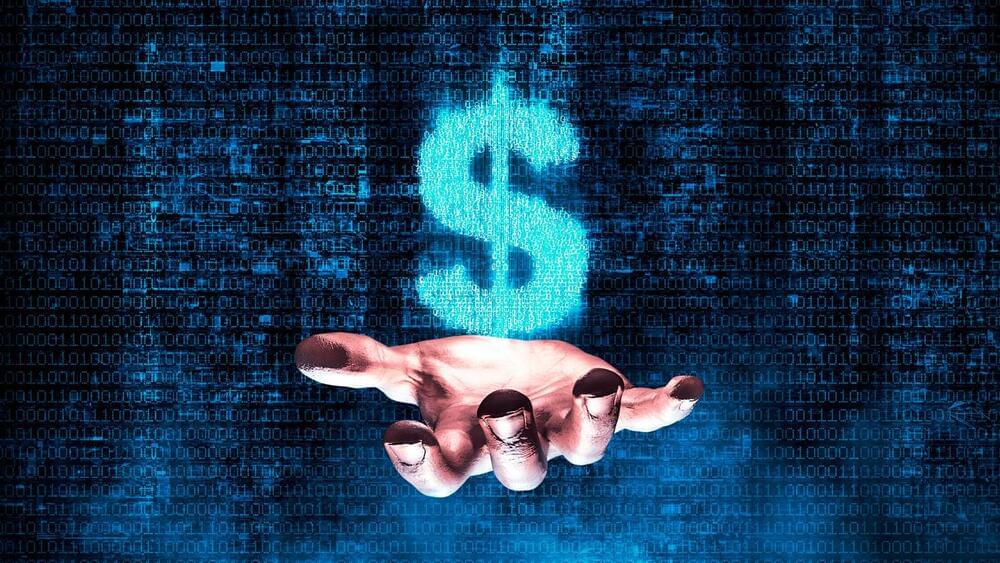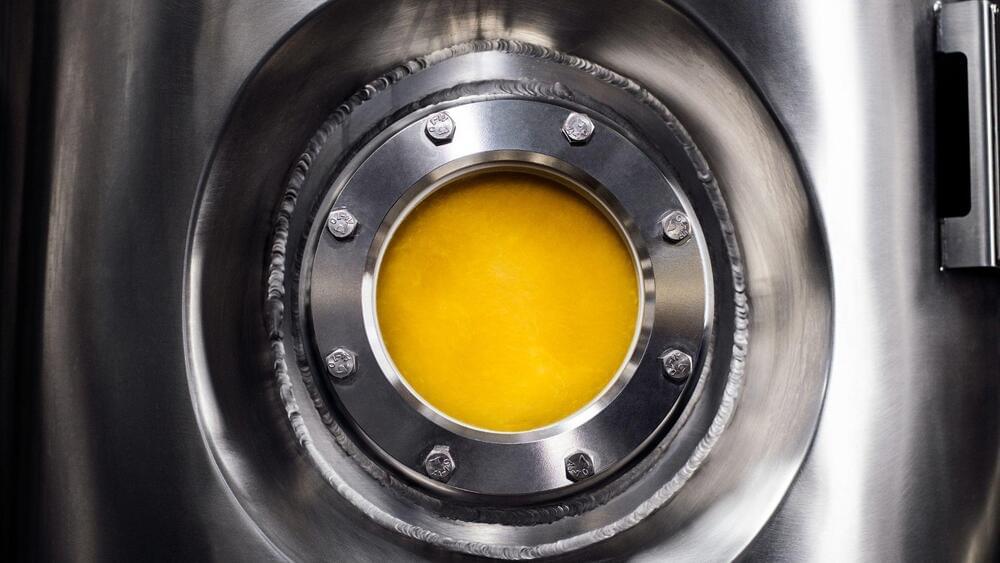Ransomware attacks in 2022 impacted more than 200 hundred larger organizations in the U.S. public sector in the government, educational, and healthcare verticals.
Data collected from publicly available reports, disclosure statements, leaks on the dark web, and third-party intelligence show that hackers stole data in about half of these ransomware attacks.




